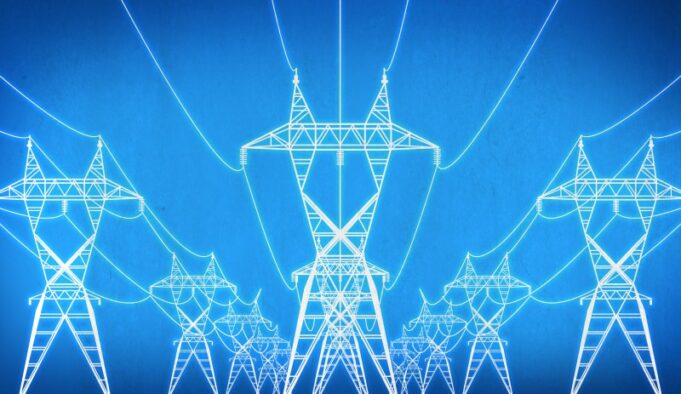In the intricate realm of electronics, Power Distribution Blocks (PDBs) truly stand as unsung heroes. These devices, though seldom highlighted, play a pivotal role in electrifying our modern world. Quietly and yet indispensably, they anchor many aspects of our daily existence, acting as lifelines that fuel our devices and systems.
Imagine all the gadgets, machines, and infrastructure we use daily; PDBs make sure they get power without hiccups. A deeper appreciation and understanding of PDBs will not only help individuals and industries ensure that power distribution remains efficient but will also bolster safety measures across an array of applications.
The Basics of Power Distribution Blocks
At the heart of many electrical circuits, PDBs serve an irreplaceable function, acting as central hubs. Their design and purpose are to streamline the complex process of distributing electricity from one primary source to multiple recipients or devices.
This is no minor feat; it means turning what could be a tangled, chaotic web of connections into a neat, organized system. By doing so, PDBs effectively simplify the otherwise cumbersome wiring process, minimize potential clutter, and significantly enhance the overall layout and structure of electrical assemblies.
Delving deeper into their anatomy, several components define a PDB’s core functionality:
Terminals: These are the essential connection points, akin to docking stations where wires or cables anchor themselves. They’re usually crafted from highly conductive materials, with copper and aluminum being the top choices due to their conductivity prowess.
Insulators: Think of insulators as the guardians of an electrical system. These materials are deliberately non-conductive and play a crucial role in preventing any unintended or rogue flow of electricity, ensuring that power goes only where it’s intended, thereby guaranteeing the safety of the system.
A closer look at these components and their respective roles offers valuable insights into the sophisticated world of a power distribution block and its operational dynamics.
Types of Power Distribution Blocks
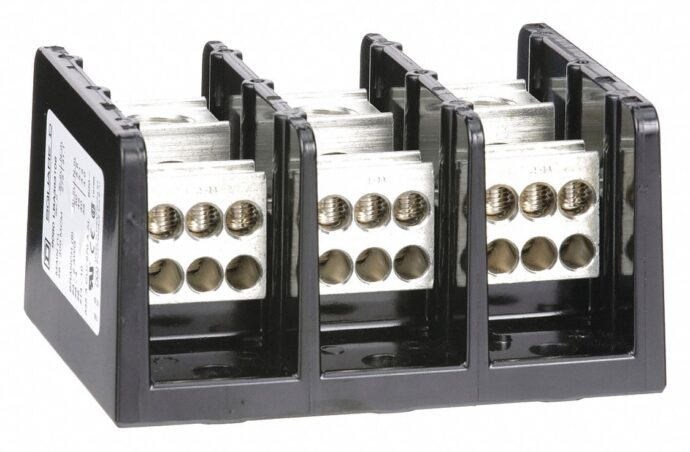
Like many tools and devices, PDBs aren’t a one-size-fits-all solution. They come engineered in various configurations, each tailored to suit different needs:
Single-tier: This is the simplest form, perfect for straightforward applications. It’s all about distributing power from one primary source to several outputs, streamlining the process for basic setups.
Double-tier: Going a step further, the double-tier introduces an additional set of terminals. This caters to scenarios requiring a tad more complexity in power distribution.
Multiple-tier: Reserved for the most intricate systems, these offer a multitude of tiers, allowing for a vast, hierarchical power distribution structure.
The selection among these types isn’t arbitrary. It’s contingent on the intricacy and specifics of the electrical requirements at hand.
Components and Construction
Beyond functionality, the durability, efficiency, and safety of a PDB hinge significantly on its construction and the materials used. Among the key components are:
Terminals: These are predominantly crafted from high-conductivity substances, with copper being a popular choice because of its superior conductive properties.
Insulators: Plastics and ceramics are preferred choices, their non-conductive nature is vital in ensuring that there’s no unwanted electrical seepage or leakage.
Mounting options: With varying installation needs, options like DIN rail mounts or more direct mounting methods offer versatility, ensuring that the PDB can be set up optimally depending on the surrounding infrastructure.
The choice of construction materials, be it brass, aluminum, or others, is instrumental in guaranteeing the device’s long-term performance and efficiency.
Choosing the Right PDB
The process of choosing a suitable PDB isn’t something to be taken lightly. It involves a meticulous evaluation of several parameters like the current-carrying capacity (usually measured in Amperes), the system’s voltage rating, and even external environmental considerations such as the prevalent moisture levels or ambient temperature.
Having a thorough grasp of these aspects and coupling it with an understanding of the specific application’s requirements is paramount. Such an informed approach ensures not only optimal operational performance but also the utmost safety.
Installation and Wiring
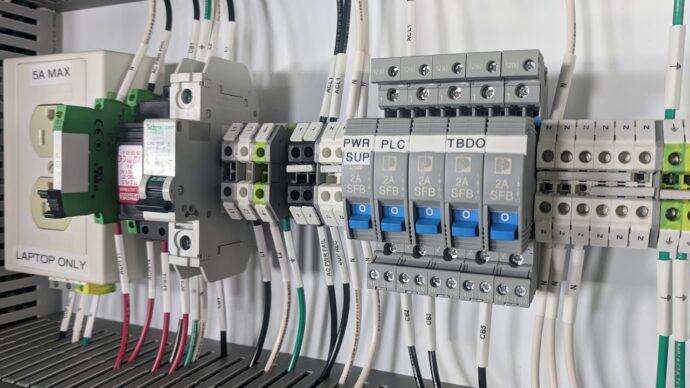
Once you’ve got the right PDB, the installation phase kicks in, which is equally crucial. This stage involves a series of steps — from properly mounting the PDB to ensuring the wiring is accurate and connections are precise. It’s akin to setting up the nervous system of an electrical setup, where every connection counts.
Adhering strictly to the manufacturer’s guidelines can make the difference between a system that operates smoothly and one fraught with issues. Furthermore, safety should never take a backseat during this process. It’s always paramount to prioritize protective measures to prevent any mishaps.
Overcurrent Protection
In the vast landscape of electrical systems, PDBs often collaborate closely with overcurrent protection mechanisms like fuses or circuit breakers. These safety devices are like guardians, stepping in to shield electrical systems from the potential harm of excessive currents, which could otherwise wreak havoc.
Such currents can arise due to various reasons, and their potential for damage is significant. But with PDBs ensuring efficient power distribution and overcurrent devices keeping a vigilant watch, the entire system functions in a harmonious, synergistic manner, maximizing safety at all junctures.
Understanding power distribution blocks comprehensively can be a valuable addition when you’re reconfiguring your home’s electrical system, drawing from the expert tips shared in the related article.
Maintenance and Troubleshooting
Much like any sophisticated equipment, PDBs require regular care. Maintenance routines encompass periodic inspections to ensure everything’s running smoothly, cleaning sessions to ward off dust or debris that might impede performance, and torque checks. These checks are pivotal, ensuring all connections are snug and tight.
On the troubleshooting front, common challenges might revolve around issues like connections coming loose or the system showing signs of overheating. Addressing these proactively can prevent larger problems, ensuring the system’s safety and peak efficiency remain uncompromised.
Expansion and Upgrading
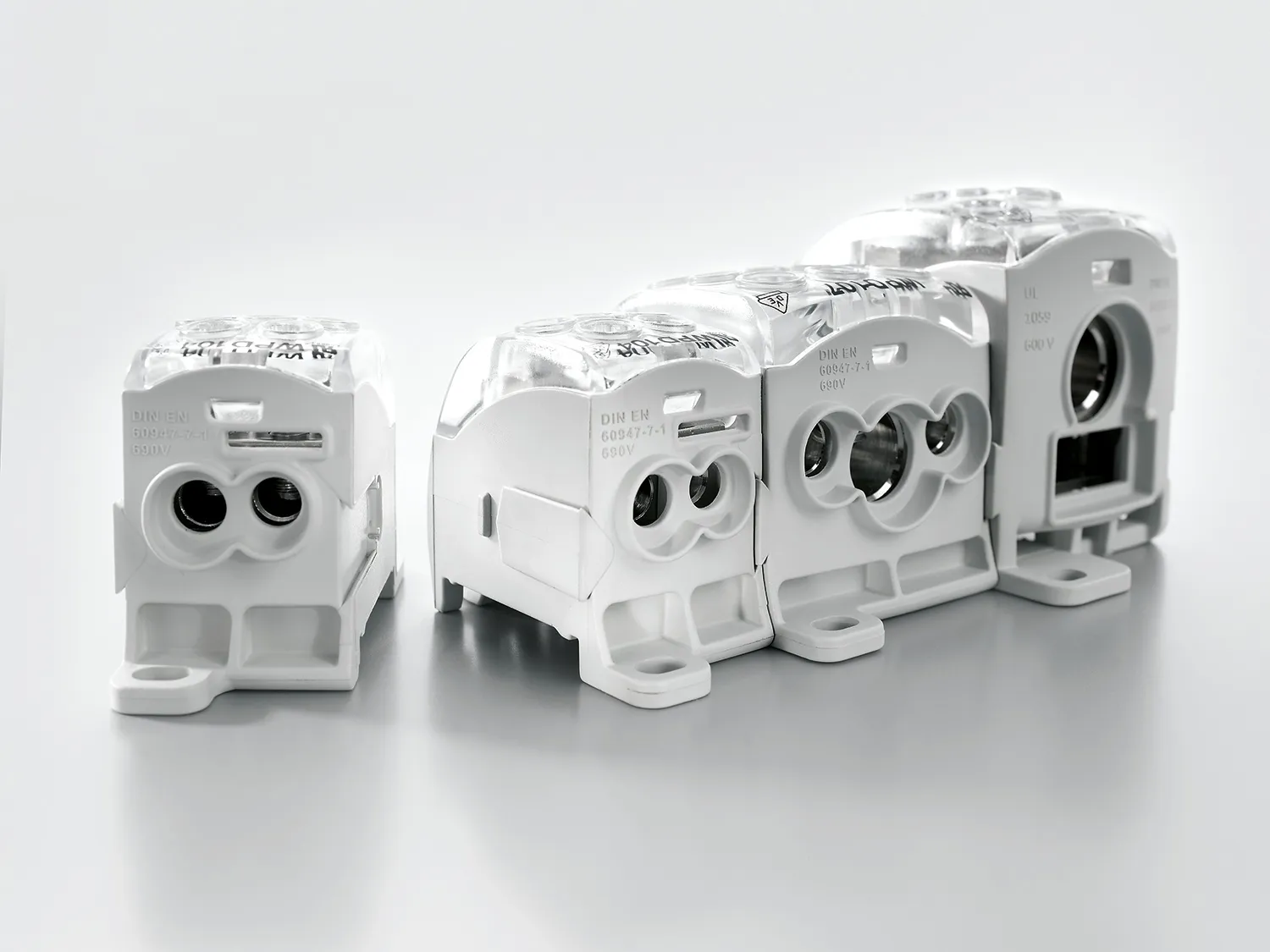
Electrical systems aren’t static. As technology advances or operational requirements shift, there arises a need to either expand or upgrade the existing PDB infrastructure. This could mean introducing more tiers to cater to an increased number of devices or bolstering the current-carrying capacity to handle heavier loads.
Venturing into such expansions or upgrades demands a blend of meticulous planning and foresight, ensuring that the new elements integrate seamlessly into the existing setup, enhancing its capabilities.
Safety Considerations
If there’s one aspect that demands relentless emphasis when dealing with PDBs, it’s safety. The potential risks associated with electrical setups are significant, making safety measures non-negotiable. Whenever one is in proximity or working directly with PDBs, the use of Personal Protective Equipment (PPE) is a must.
This, coupled with stringent adherence to all prevailing electrical codes and standards, lays down a robust safety net. Being well-acquainted with potential hazards and always being on guard can ensure a safer working environment, minimizing risks.
Common Applications
The versatility of PDBs is genuinely commendable. Their application spectrum is vast, cutting across various industry verticals. For instance, within the domain of industrial automation, PDBs play a pivotal role, in simplifying and streamlining often complex electrical setups.
Similarly, in the realm of renewable energy, particularly in setups like solar farms, PDBs come to the fore, optimizing the distribution of power harnessed from sources like the sun. The adaptability and flexibility they bring to the table make PDBs an indispensable asset across a multitude of industries.
Conclusion
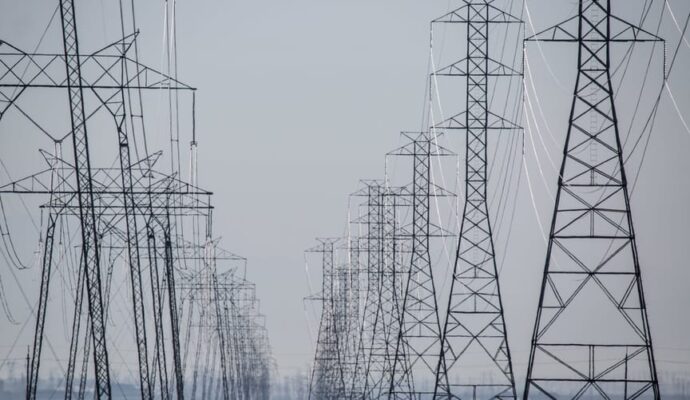
As we navigate through an increasingly electrified world, the significance of Power Distribution Blocks becomes more evident. Delving deep into their diverse types, myriad applications, and the associated safety protocols ensures that our reliance on them is not just about efficiency but also about prioritizing safety.
The world of PDBs, though seemingly complex, offers a fascinating universe of possibilities. With a comprehensive understanding, one can truly harness their potential, optimizing power distribution for a safer and more efficient tomorrow.

